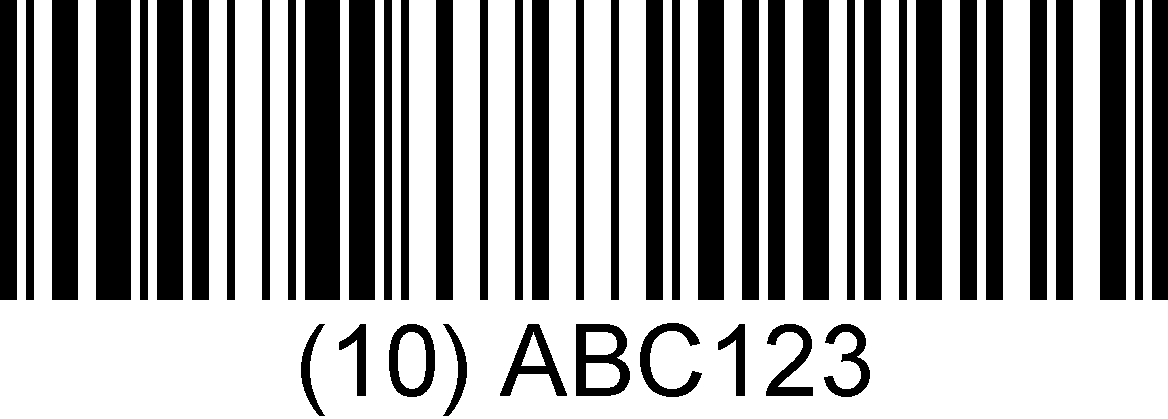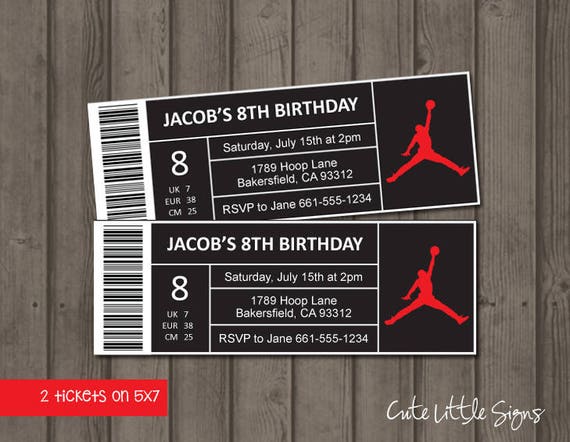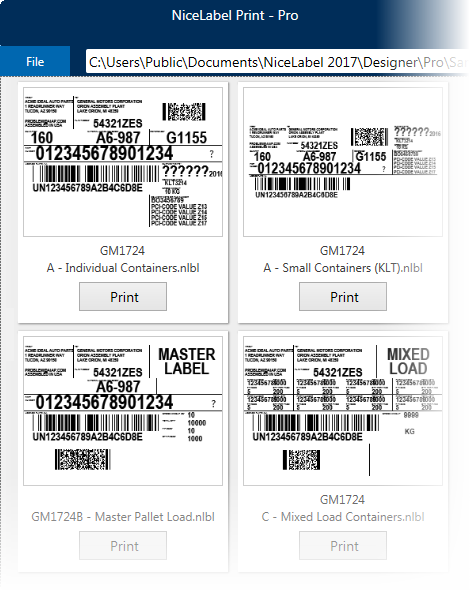The barcode generator allows you to create a barcode graphic by selecting barcode symbology and inserting barcode data.
Click on the 'Generate Barcode' button to create a graphic containing your barcode. Right click to copy or save the barcode, then paste or insert the barcode into your document.
- BarTender ® Label Software is Barcode Label Printing. For barcode label printing in a Windows environment, no software is faster, easier or more flexible than BarTender label software. BarTender ® software makes it easy to quickly set up professional label designs and print those designs to a laser or thermal transfer printer.
- Barcode label maker software creates barcode labels of different dimensions, bar width, density and height. Barcode maker program supports wide range of Linear and 2D barcode fonts including UPCA, Interleaved 2 of 5, MSI Plessey, Postnet, Code 11, MICR, Maxicode, PDF417, MicroPDF417 and many more that are helpful in different business.
Free Generator for Compliance Barcode Labels Generate barcode labels and industry forms like VDA 4902, AIAG, MAT labels, etc. Try the free demo of the Online Barcode Label Generator to instantly print your labels.
Slide1
* The Barcode Generator is a free service, but does not include any sort of guarantee or technical support.
Slide1
Your generated barcode:
Create professional labels
Start designing and printing professional labels without IT support
- Intuitive designer helps you create label templates
- Streamline the printing process and reduce the risk of errors
- Ensures your labeling stays simple as your company grows
Slide5
Barcode types
Barcode | Example | Info | |
Codebar | A self-checking and binary level linear barcode symbology with no check sum digit appended. Widely used in libraries and package delivery systems | ||
Code128 | Double density data encoding, ASCII character set supported. | ||
Code-39 | Fully alphanumeric barcode for use with> | Code-39 full ASCII | 28 ASCII character set including asterisks supported |
Ean-13 | European Article Number, used for global retail. | ||
Ean-8 | Small package marking where an EAN-13 barcode would be too large. | ||
GS1-128 | A variant of Code 128 - it automatically inserts a FNC1 character after the initial character. | ||
Interleaved | Used on 135 film, for ITF-14 barcodes, and on packaging. | ||
ITF 14 | Higher level packaging. GTIN included. | ||
QR | A matrix barcode readable by QR scanners and smartphones. Adaptable size to the amount of encoded data. | ||
Upc-A | Product identifying at retail checkout. GTIN included. | ||
Upc-E | Product identifying at retail checkout. GTIN (compressed) included. Adapted for smaller packages. | ||
Aztec | High capacity, symbol size adjusts automatically depending on the amount of input data. | ||
Datamatrix | High capacity, optimal for small packages. | ||
Code93 | 43 characters allowed. ASCII character set supported by using combinations of 2 characters. | ||
Micro QR | Reduced size and capacity of a normal QR code. Optimal when the barcode size needs to be minimized. | ||
PDF-417 | Reduced size and capacity of a normal QR code. Optimal when the barcode size needs to be minimized. |
Slide2
Learn about labeling best practices
This e-book highlights the common labeling mistakes that many companies make and suggests best practice approaches to simplify their labelling, minimize risks of errors and increase productivity.
A barcode is an optical, machine-readable, representation of data; the data usually
describes something about the object that carries the barcode.
Originally barcodes systematically represented data by varying the widths and spacings of parallel lines, and may be referred to as linear or one-dimensional (1D).
Later two-dimensional (2D) codes were developed, using rectangles, dots, hexagons and other geometric patterns in two dimensions, usually called barcodes although they do not use bars as such.
Barcodes originally were scanned by special optical scanners called barcode readers. Later applications software became available for devices that could read images, such as smartphones with cameras.
Barcode benefits
- Fast-selling items can be identified quickly and automatically reordered.
- Slow-selling items can be identified, preventing inventory build-up.
- The effects of merchandising changes can be monitored, allowing fast-moving, more profitable items to occupy the best space.
- Historical data can be used to predict seasonal fluctuations very accurately.
- Items may be repriced on the shelf to reflect both sale prices and price increases.
- This technology also enables the profiling of individual consumers, typically through a voluntary registration of discount cards. While pitched as a benefit to the consumer, this practice is considered to be potentially dangerous by privacy advocates.



Source: Wikipedia
Next
Find out how companies benefit
from using NiceLabel software

Siemens standardizes labeling across its global factories to drive new levels of efficiency that deliver savings beyond initial ROI.
Learn more >Swiss food manufacturer, Coop standardizes labeling with NiceLabel to achieve compliance.
 Learn more >
Learn more > Barcode Label Generator Printer
Barcode Label Generator Lto
How Chr. Hansen modernized labeling to streamline processes and SAP integration with a validated system.